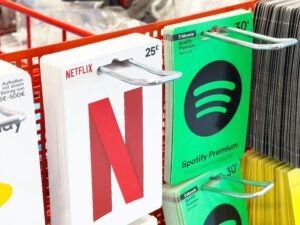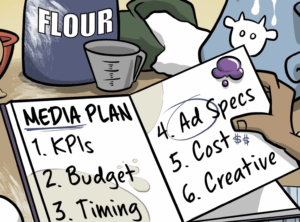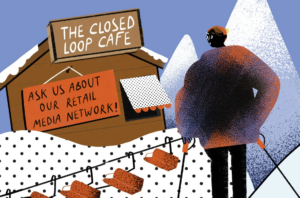 Although North America accounts for half of all programmatic media spend globally, marketer interest in Latin American regions is growing, due in part to high mobile penetration and global events like the World Cup.
Although North America accounts for half of all programmatic media spend globally, marketer interest in Latin American regions is growing, due in part to high mobile penetration and global events like the World Cup.
IPG Mediabrands’ strategic global media services unit MAGNA GLOBAL expects programmatic ad spend in Latin America to reach $836 million this year, a 67% increase year-over-year, according to its report “The International State of Programmatic.”
Brazil, Mexico and Argentina lead the programmatic pack south of the border, and collectively represent 35% of total display spend in Latin America. That is expected to increase to 61% by 2018.
One Latin American retailer, Liverpool, which operates 100 brick and mortar stores and is the largest and oldest operating retailer in Mexico, has turned to programmatic media-buying in order to make better use of a slim digital budget.
“Many people think our biggest competitors are Amazon or other ecommerce sites, but it’s (our own) brick and mortar stores,” said Alejandro Mayer, the company’s analytics and performance manager. “It’s important for us to optimize the small budget we have and prove (our digital campaigns) resulted in sales.”
Liverpool does more than $5.5 billion in sales each year and employs 50,000. The brand runs two-day recurring sales that fall on various weekends over the course of a year.
“Last year, we spent a lot of time and money developing SEM strategies, but (these) weren’t converting well and we had less than .5% conversion rates with high CPAs,” Mayer said. “We had to look for better alternatives and that’s when we looked for a demand-side platform (DSP).”
Using Headway Digital as its DSP, Liverpool aggregated inventory across AppNexus and Facebook, Google and Microsoft exchanges while optimizing bids around product category rank and average basket size. Liverpool also tapped Headway’s data-management platform (DMP) DataXpand to further optimize its targeting. As a result of a two-day campaign, Liverpool saw 700,000-plus conversions and one billion impressions online with an eCPM 60% below the target maximum.
This was significant, Mayer said, because ecommerce still accounts for less than 5% of Liverpool’s total sales volume; in this case – real-time bidding helped increase online conversions and drove offline awareness and in-store sales. “We rely on the Headway platform to optimize a lot of these promotions day-by-day with no set schedule,” he said, which allows for greater flexibility around its bid strategy.
Social media (particularly FBX), video and mobile are key investment areas for Liverpool, Mayer said.
“Mexicans spend a lot of time on Facebook and YouTube and much of their access to Facebook comes from mobile phones,” he said. “It’s a big part of being Latin American – we like to communicate with friends and family and community.”
AdExchanger Daily
Get our editors’ roundup delivered to your inbox every weekday.
Daily Roundup
Headway, which recently launched a mobile DSP, is also beta-testing “TV subskins” in Latin America. These, according to Agustin Coll, cofounder and co-CEO of Headway Digital, are full-page, immersive video ad formats designed to play at natural points in the user flow – like when a browser is closed or minimized.
With the explosive growth of mobile, brands are looking for ways to increase engagement with rich media rather than relying on small banners in apps, Coll explained. That said, there is still the challenge of unlocking the inventory.
“YouTube is the main video supplier (in Latin America) and agencies love buying from Google,” Coll said. “When we offer video solutions to agencies, they still ask, ‘Where will my video appear?’ because premium publishers do not have a lot of video inventory yet. Although YouTube is a lot of user-generated content, agencies and brands think it is less risky.”














